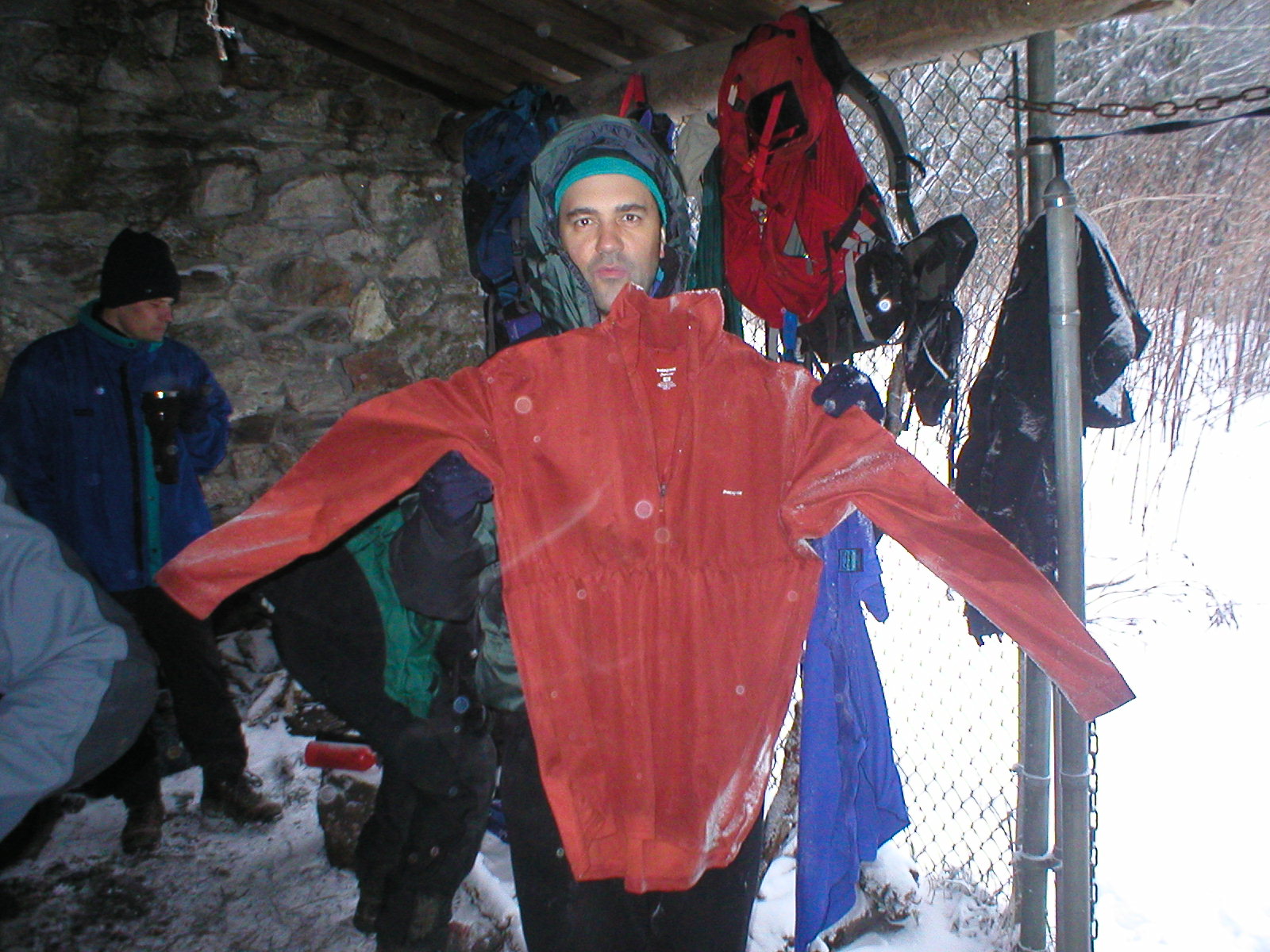Why You Should Be Using a Layered Clothing System
The age old method of layering combined with new fabric technology means that you can be at your optimum temperature to conquer that day hike, trail, trek or mountain. The base layer, i.e. the first layer you wear is to regulate moisture; the mid layer is for insulation and the outer layer protects you from the wind and rain. The beauty of layering is that you can remove and add layer if needed.

The Base Layer
This is the layer you wear next to your skin. It helps to keep you dry by absorbing moisture and moving it away from your skin. This means that the right base layer will keep you cool in warm weather and warm in cold weather. Wool or synthetic materials are generally used for the base layer, as cotton retains moisture and loses warmth. Synthetic materials tend to be less expensive than wool, but many feel that wool insulates better. You should wear base layers in which ever activity you engage in as there are different thicknesses available for different temperatures or climates.
The Mid Layer
The mid layer is an insulation layer that helps protect you from the cold. It essentially traps a layer of air, which keeps you warm. If the weather you are hiking or backpacking through is particularly harsh, it means that you can add more layers to keep yourself warmer, and remove them to cool yourself down. A mid layer should be insulating, but breathable too so it allows sweat to escape. Generally mid layers are fleece jackets that zip in to an outer shell layer. Fleece is available in three different weights, so you can wear the appropriate weight for the weather.
- Lightweight or 100 weight for high aerobic activity or mild climates
- Midweight or 200 weight for moderate activity or climates
- Heavyweight or 300 weight for low activity or very cold climates
The Outer Layer
This for protection against the weather. Your outer shell should be waterproof and windproof to shield you against wind and any precipitation. Ideally they will be breathable to allow sweat to escape, but won’t allow any moisture in. In the summer, you‘ll want something lightweight, so your outer shell should protect you from wind and light showers. It should be easy to carry should you want to remove it, but still offer you protection from the elements. In the winter, look for something that offers insulation too, so go for something with loft and breathability. Make sure you can fit all your other layers underneath it too.

Speak Your Mind